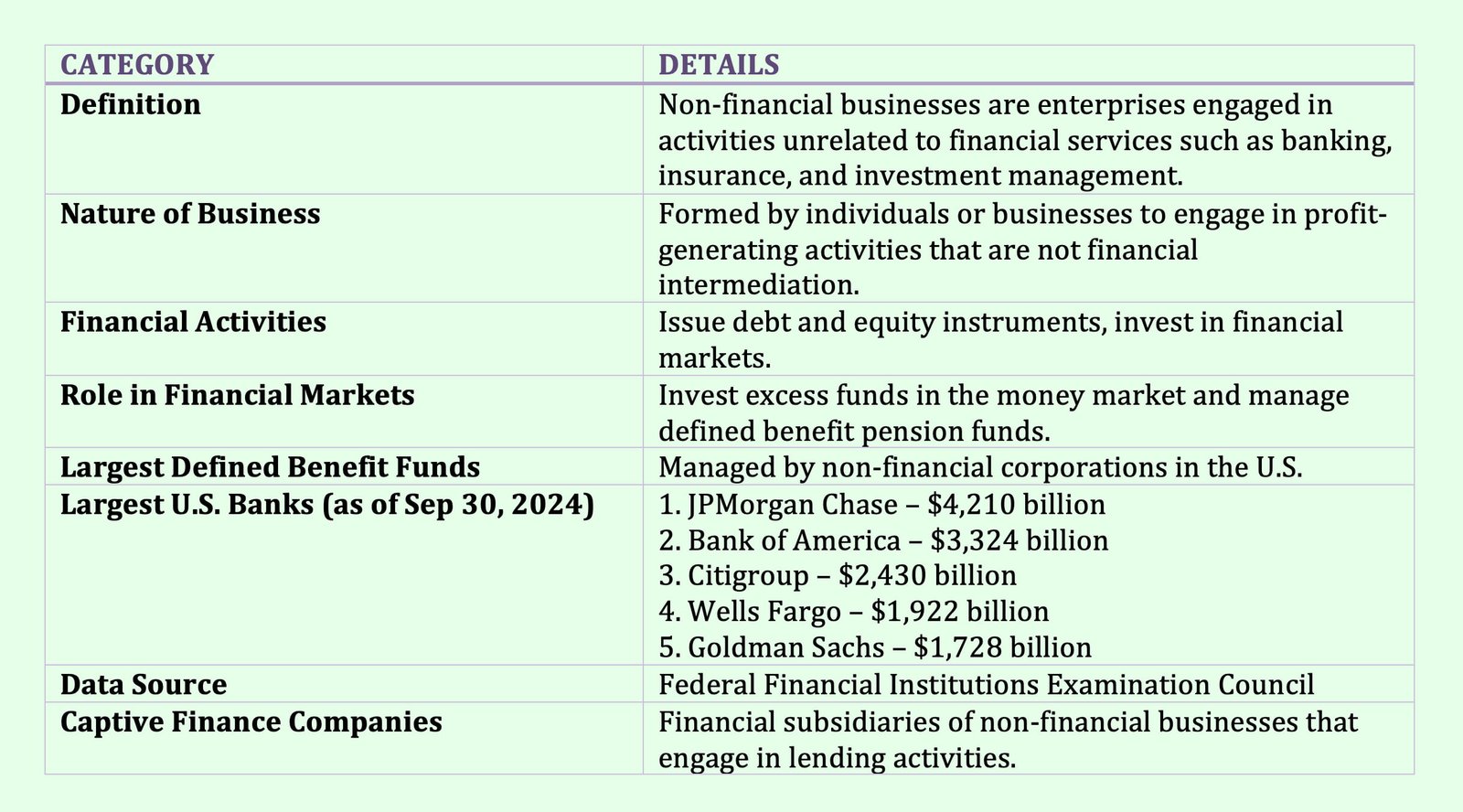Table of Contents
Regulated Investment Companies (RICs)
Regulated investment companies (RICs) are financial intermediaries that sell shares to the public and invest those proceeds in a diversified portfolio of securities. Asset management companies are retained to manage the portfolio of RICs. Various U.S. securities laws regulate these entities.
There are three types of Regulated Investment Companies (RICs) managed by asset management companies:
- Open-end funds
- Closed-end funds
- Unit investment trusts (UITs)

Mutual funds are the predominant form of RIC.
Net Asset Value (NAV)
Each share sold represents a proportional interest in the portfolio of securities managed by the RIC on behalf of its shareholders. Additionally, the value of each share of the portfolio (not necessarily the price) is called the net asset value (NAV).
For example, suppose that a RIC with 20 million shares outstanding has a portfolio with a market value of $430 million and liabilities of $30 million. The NAV will be $20.
The NAV is determined only at the close of the trading day.
Mutual Funds (MFs)
In open-end funds, commonly referred to simply as mutual funds, the number of fund shares is not fixed. All new investments into the fund are purchased at the NAV and all redemptions (sale of the fund) redeemed from the fund are purchased at the NAV. The total number of shares in the fund increases if more investments than withdrawals are made during the day, and vice versa.
Closed-End Funds
Unlike open-end funds, closed-end funds do not issue additional shares or redeem shares. That is, the number of fund shares is fixed at the number sold at issuance (i.e., at the time of the initial public offering). Instead, investors who want to sell their shares or investors who want to buy shares must do so in the secondary market where the shares are traded (either on an exchange or in the over-the-counter market).
Supply and demand in the market in which funds are traded determine the price of the shares of a closed-end fund. Hence, the fund share’s price can trade below or above the NAV.
Shares selling below NAV are said to be “trading at a discount,” while shares trading above NAV are “trading at a premium.” Investors who transact in closed-end fund shares must pay a brokerage commission at the time of purchase and at the time of sale.
Unit Investment Trusts
There is a third type of RIC called a unit investment trust (UIT). This type of RIC is assembled, but not actively managed. A unit investment trust has a finite life and a fixed portfolio of investments.
Costs to Investors
Investors in RICs bear two types of costs:
- A share holder fee, usually called the sales charge, which is a “one-time” charge;
- An annual fund operating expense, usually called the expense ratio, which covers the fund’s expenses.
The largest expense component of the expense ratio is the management fee (also called the investment advisory fees), which is an annual fee paid to the asset management company for its services.
Regulated Investment Companies (RICs) are available with different investment objectives and investing in different asset classes—stock funds, bond funds, and money market funds. There are passively managed and actively managed funds. Passive funds (more commonly referred to as index funds) are designed to replicate a market index, such as the S&P 500 stock index in the case of common stock. In contrast, with active funds the fund advisor attempts to outperform an index and other funds by actively trading the fund portfolio.

